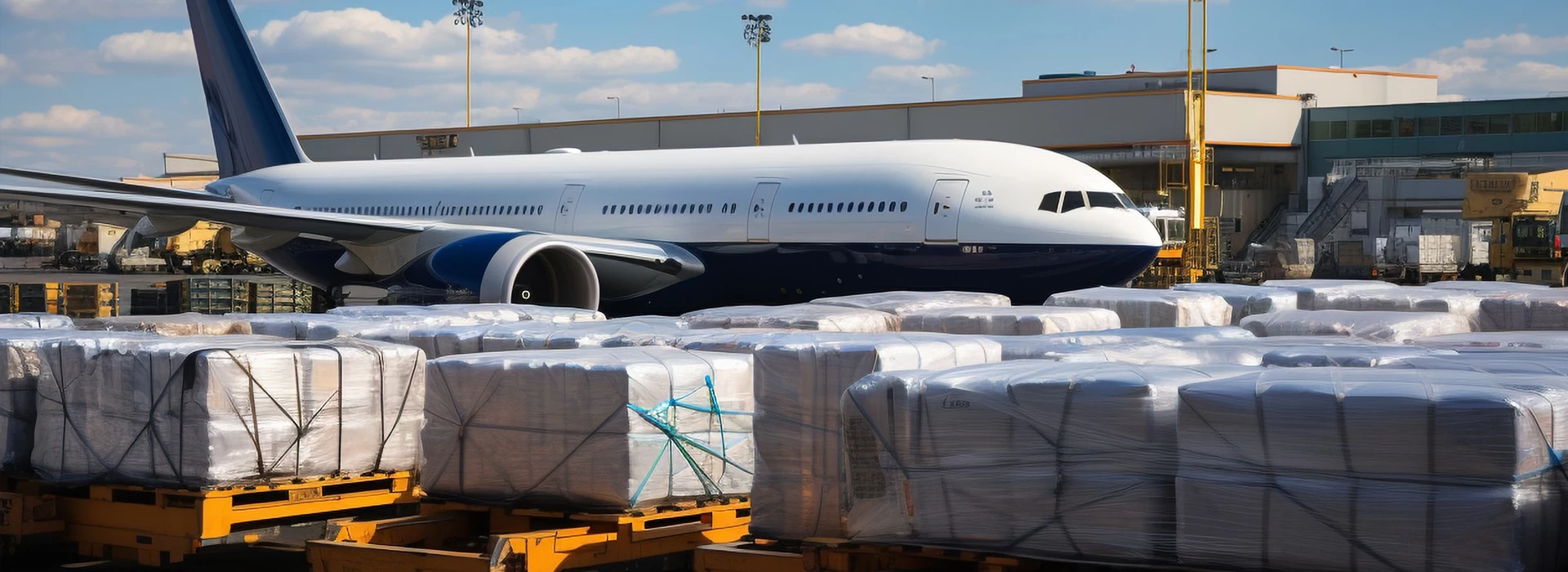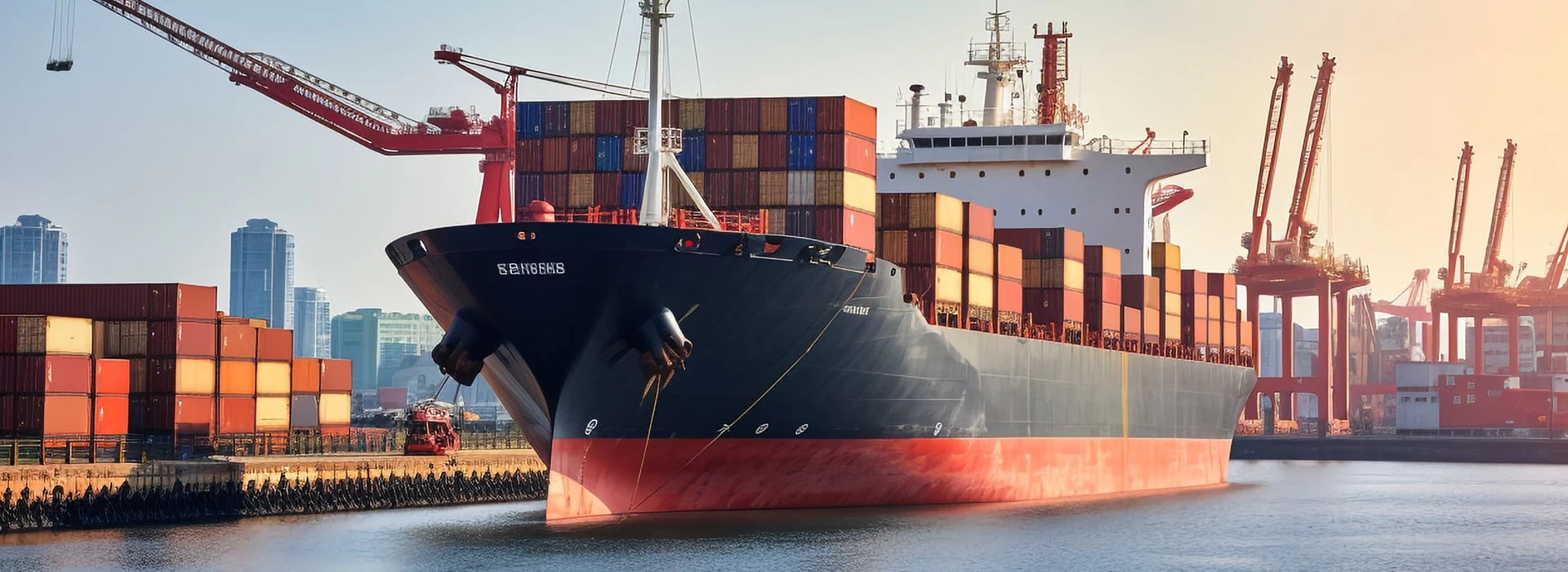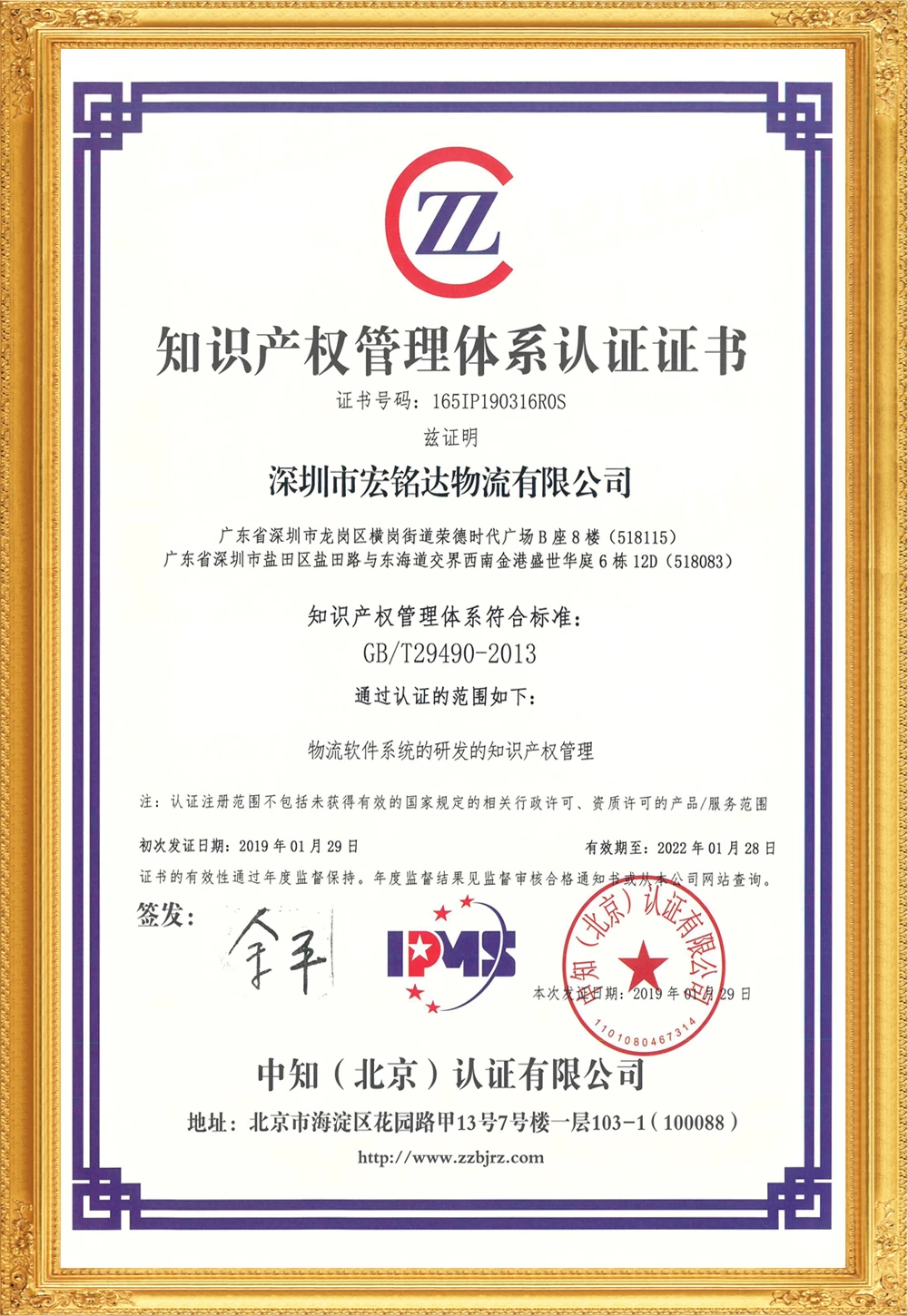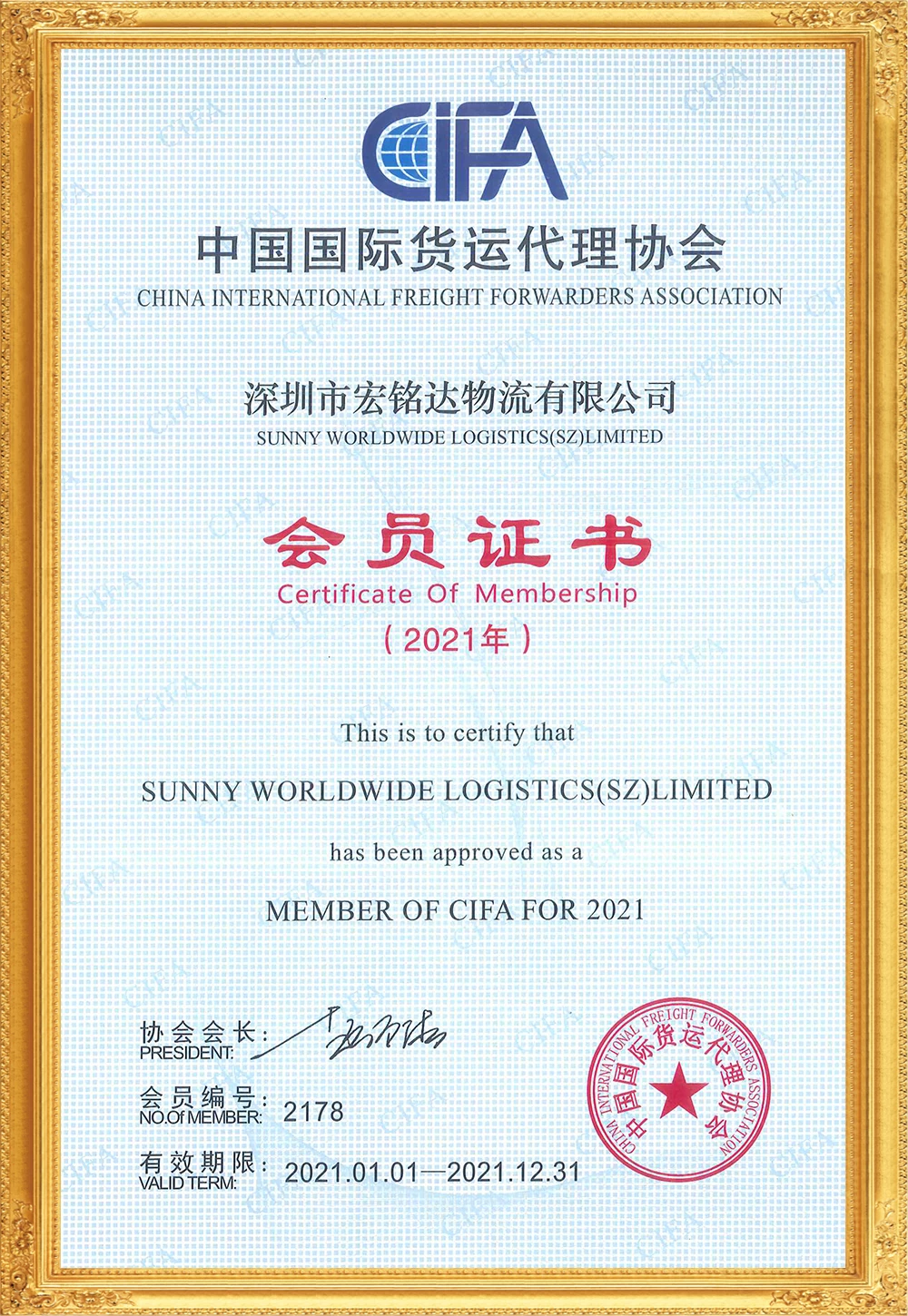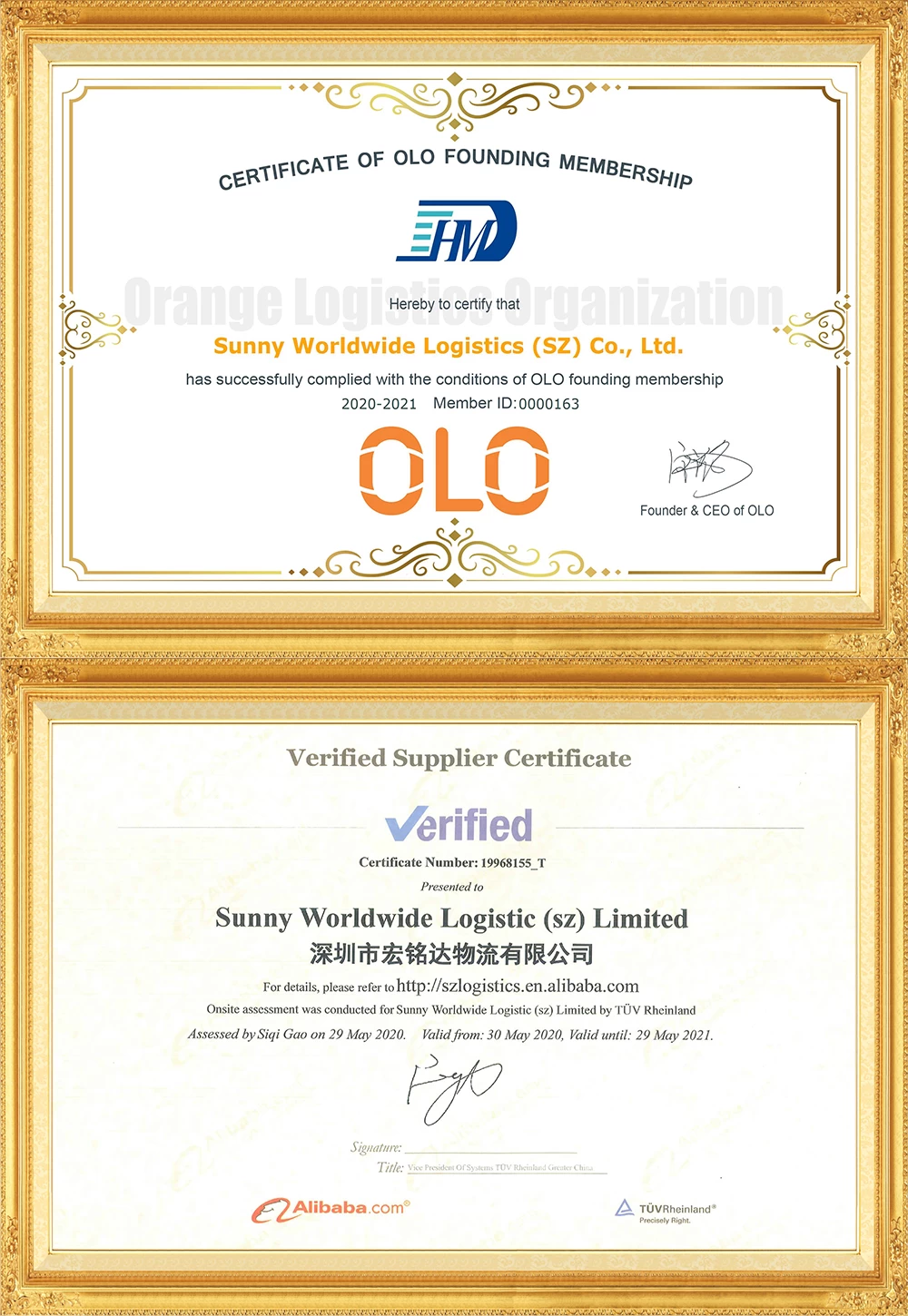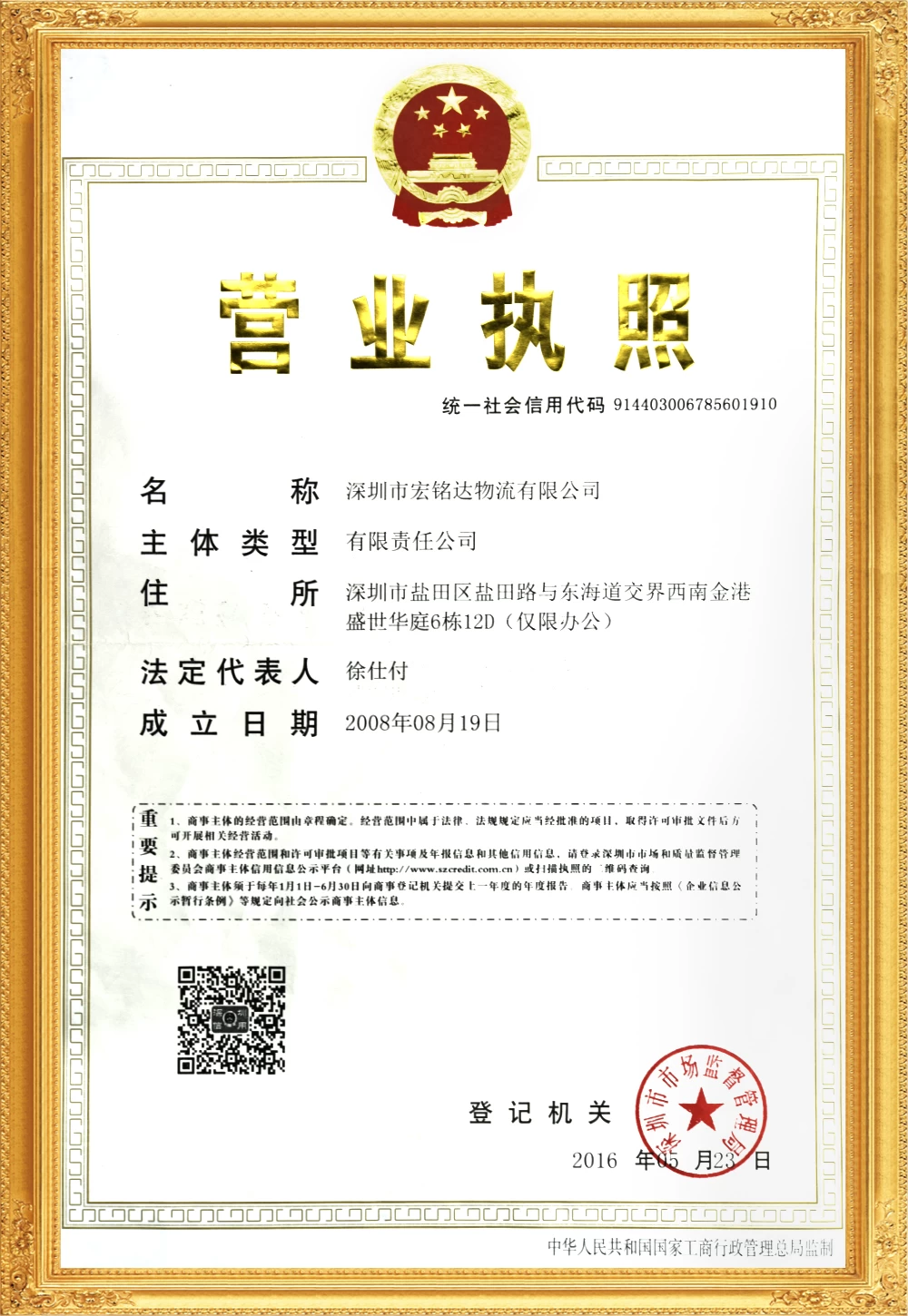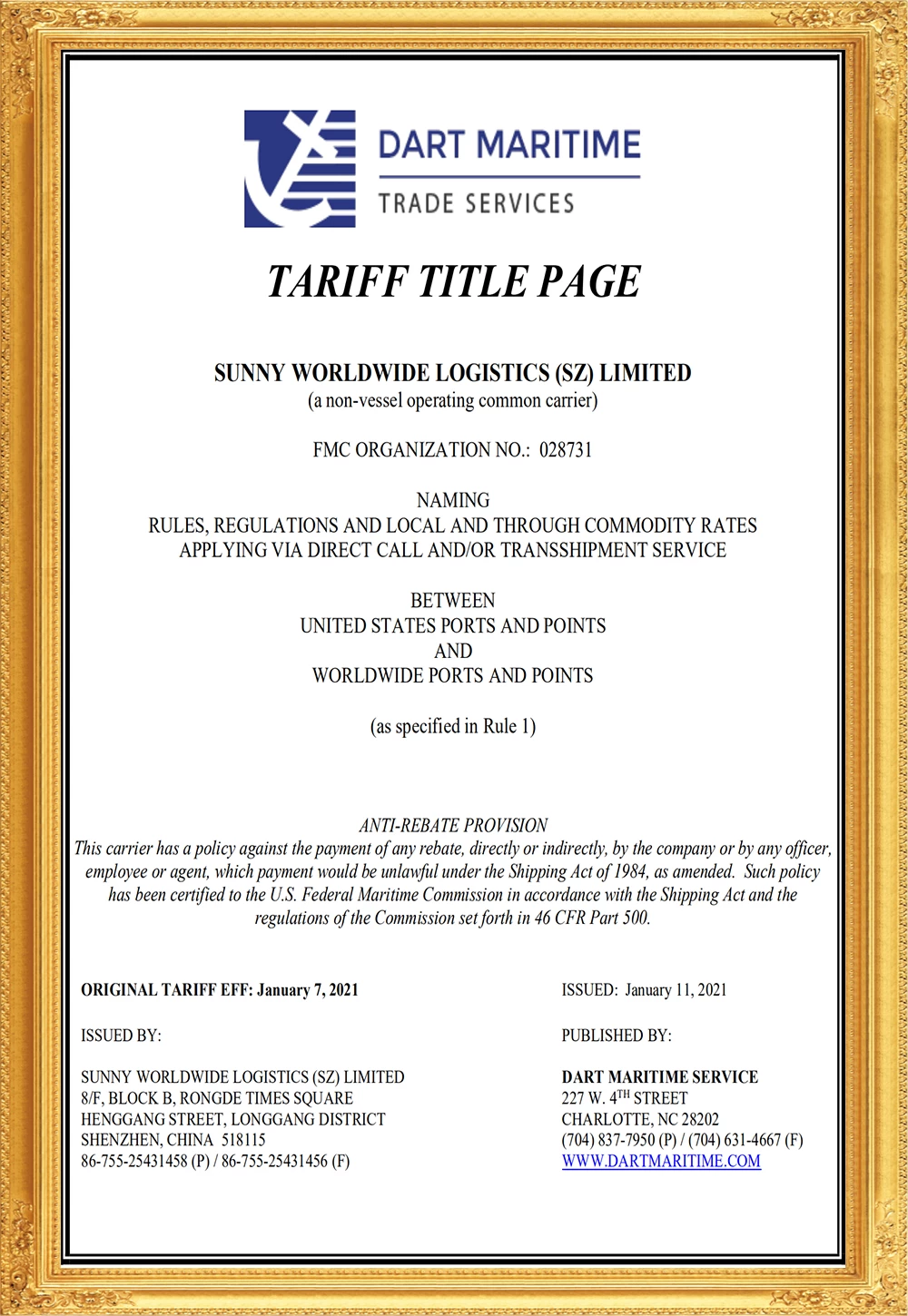Freight rates have fallen for 13 consecutive weeks! Shanghai's closure and control hit the global container shipping market
The closure and control of Shanghai continued to impact the container shipping market, coupled with the decline in demand in the United States, the SCFI index fell for 13 consecutive weeks. It is expected that the freight rate will remain weak in the second quarter. Even if Shanghai reopens and resumes work, it may be difficult to reverse the current decline in freight rates.
On April 15, the Shanghai Shipping Exchange announced that the latest Shanghai Export Containerized Freight Index (SCFI) continued to drop 35.01 points from last week to 4228.65 points, or 0.8%, showing a 13-day losing streak, hitting a new low since August last year. Although it continued to fall, the Far East to US East route rose for two consecutive weeks after the previous week's rebound.
Industry insiders said that since the labor-management negotiations for dock workers in the western United States are about to start in May, in order to avoid problems such as worker slack due to poor negotiations, many customers will transfer the goods that originally arrived in the western United States to the eastern United States for unloading. The increase in demand will then drive the freight rate of the US east line to rise.
Among them, the freight rate per FEU from the Far East to the US East was US$16,490, an increase of US$68 or 0.6% from the previous week. Far East to West America was $7,860 per FEU, unchanged from the previous week. The Far East to Europe rate fell $71, or 1.1%, to $6,086 per TEU. Far East to Mediterranean fell $35, or 0.5%, to $6,738 per TEU. Far East to Singapore fell $19, or 1.8%, to $1,035 per TEU.
On the other hand, some analysts pointed out that due to the recent impact of the pandemic in Shanghai, most of the goods were transferred to outside of Shanghai for port shipment. You can refer to the China Export Container Freight Index (CCFI), the latest issue rose 0.3% to 3128.45 points, indicating that container shipping demand is still relatively high.
According to the latest CCFI index, due to the fact that the port congestion has not eased quickly, and the demand for shipments has been maintained after China's exports have been transferred to other ports, among the three major long-haul routes, the freight rate of the US west line rebounded by 2.9%, and the US east line freight rate rebounded by 2.9%. Also up 1.5%, only the European line continued to slide about 0.7%.
Since the first quarter of this year, the SCFI index has continued to decline. Although some goods have been diverted to ports other than Shanghai under the impact of the pandemic, analysts believe that the rising pandemic in China and the implementation of zero-removal measures have made it difficult for manufacturers to ship goods, which will indeed affect the market performance in the short term. It is expected that the container shipping industry will decline with the performance of the manufacturing industry. Second The quarter will be the year's earnings low.
Considering that China is bound to unblock in the future, analysts expect that the goods that were delayed in the first half of the year will be actively rushed in the second half of the year, especially since May, the new long-term contract price of the US line will take effect, pushing up the performance of the container shipping market.
Year-to-date, the World Container Index (WCI) compiled by shipping consultancy Drewry has fallen 16%, with the two major routes from Shanghai to Los Angeles and Shanghai to New York down 17% and 16% respectively. The worst decline in the WCI index has been in the period since March 10, down about 13%, reflecting the weak spring retail sales data in the United States and the escalating pandemic in China, which have impacted the global container shipping market.
On the demand side, the end of the pandemic stimulus measures has caused the consumption trend to shift from goods to services, and rising inflation has led to increasingly heavy price pressures, restraining the purchasing power of the people to a certain extent. As for the supply side, the closure of Shanghai has led to logistics chaos, which has also reduced the demand for containers.
George Griffiths, editor of the S&P Global Platts global freight rate team, observed that in order to support freight rates, some container lines began to use "blank flights", that is, to keep ships running, but not loading and unloading at ports to reduce their supply number of ships.
Although the WCI index is still significantly higher than the level before the pandemic, at the end of the year, due to the increase in the supply of new ships, and if inflation does not ease, the terminal consumption does not see a boost, this wave of curve is expected to continue to decline. Even if the Shanghai lockdown is over and logistics can return to normal, the increase in freight rates will be limited.



